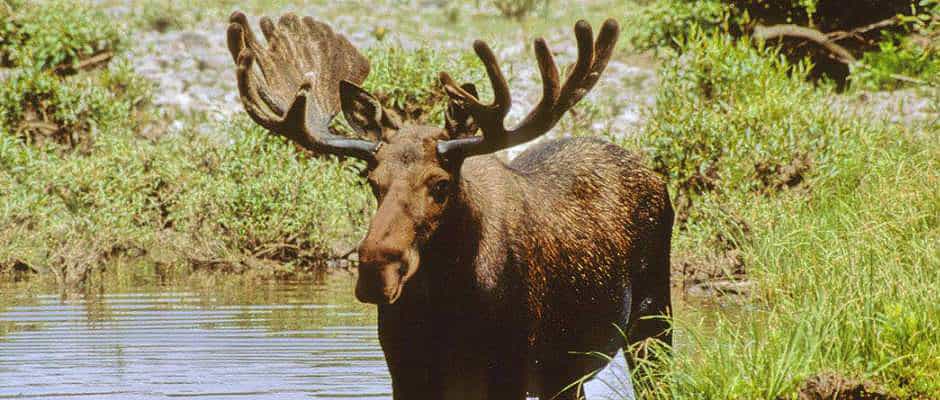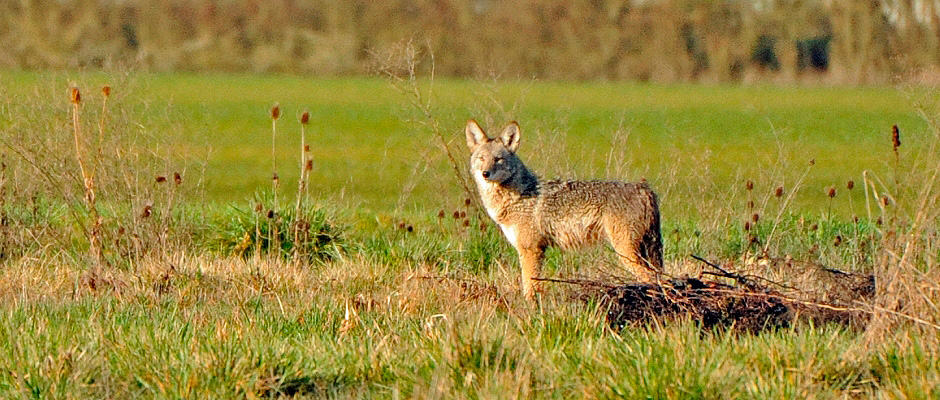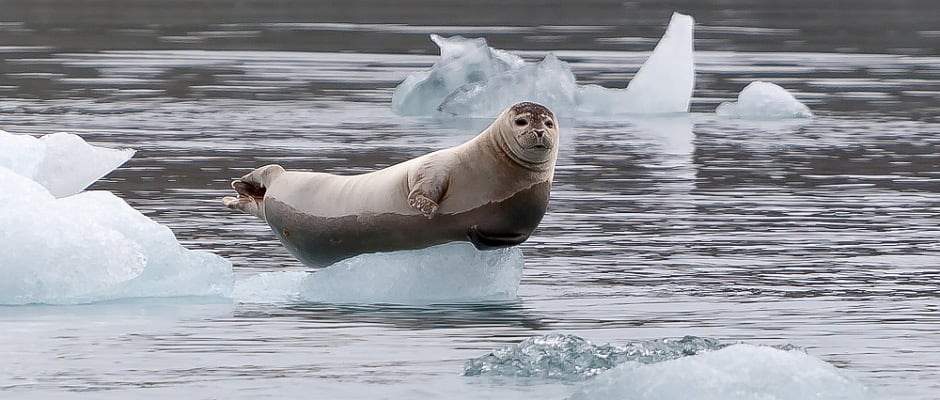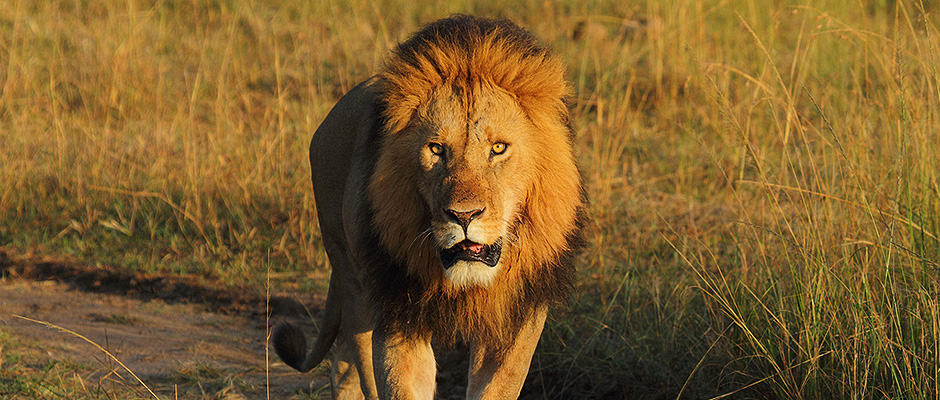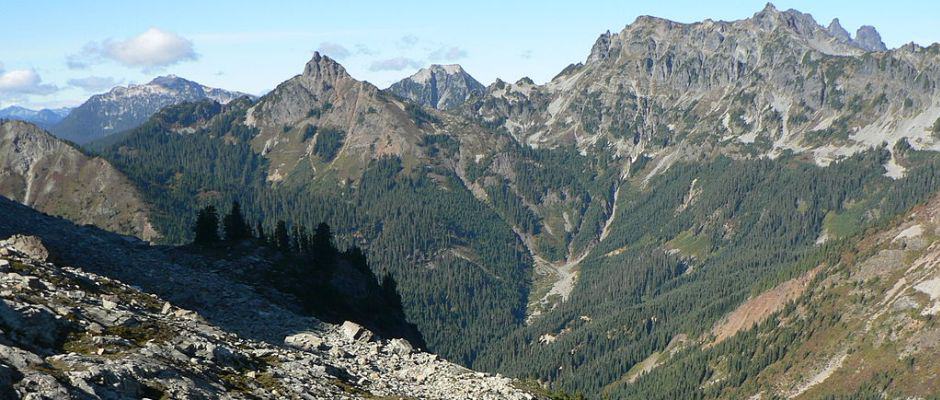
The U.S. House of Representatives voted to pass the National Defense Authorization Act earlier this week, while the Senate voted to end debate and move forward with the legislation on Thursday. The legislation includes dozens of public land use provisions as legislative riders unrelated to the overall purpose of the bill. [Update: Senate approved the legislation on Friday. The bill now waits for President Obama’s signature.]
The $585 billion dollar bill’s primary purpose is to direct spending on defense, but key members of the House Natural Resource Committee and Senate Energy and Natural Resources Committee were able to attach roughly 70 land use provisions. The suite of legislation is the first large land use package since 2009 and contains provisions that protect hundreds of thousands of acres of public land, allow development on other public lands, and change regulations on resource permitting on public land. Highlights of the legislative riders are summarized below.
Public Land Protection
Several provisions in the package will combine to designate a total of about 250,000 acres of wilderness in Arizona, Colorado, Nevada, New Mexico, and Washington. Language is also included to protect hundreds of thousands of acres of land near Glacier National Park in Montana from future oil and gas development. Other provisions expand over a dozen national parks and improve public access to parks and wildlife refuges
Public Land Development
In exchange for the protected land, around 100,000 acres of public land would be transferred for private development including copper mines in Arizona and Nevada, and 70,000 acres of the Tongass National Forest of Alaska that will be mostly used for logging.
Public Land Use Regulations
Other provisions affect how permitting of grazing and oil and gas development in public lands is performed. Language is included that will expedite both processes through exceptions to the National Environmental Policy Act (NEPA).
The lands package is not without controversy. Lawmakers and interest groups are split about what the bill will mean for their constituents and members. Outdoor recreation advocates generally applaud the conservation of natural areas, but are wary over certain restrictions to public access for new wilderness areas in the bill. The wilderness and park expansion language was well received within the conservation community, but many are troubled by the mine development, logging, and grazing provisions. Some environmental groups are particularly troubled by the grazing provisions which could imperil sage grouse recovery. Nevertheless, the bill is expected to be signed by the president this week.
Sources:
Environment and Energy News (December 8, 2014 & December 11, 2014)
Note: this article was updated on Friday, December 12 at 10:15am



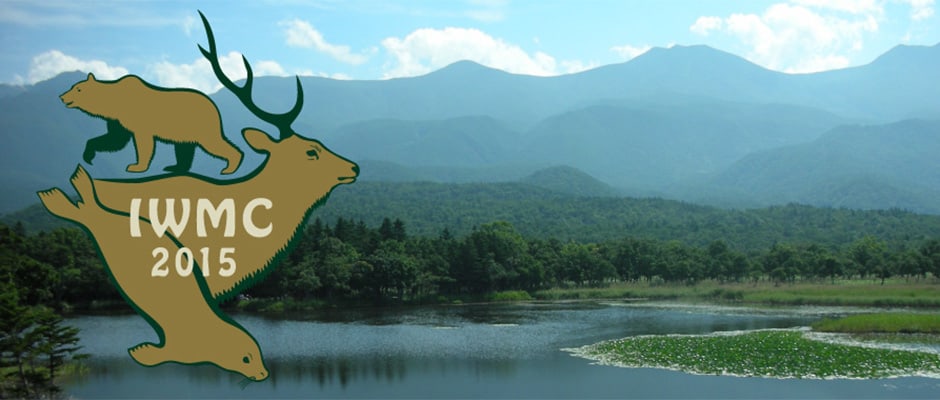


 With a donation of at least $100, you can participate in a pivotal effort that is having a significant impact on the future of The Wildlife Society by becoming a member of The 1,000 today.
With a donation of at least $100, you can participate in a pivotal effort that is having a significant impact on the future of The Wildlife Society by becoming a member of The 1,000 today.
